Other
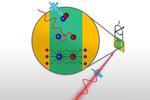
“Semiconductor electronics is getting faster and faster - but at some point, physics no longer permits any increase. The shortest possible time scale of optoelectronic phenomena has now been investigated. How fast can electronics be? When computer chips work with ever …
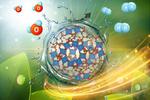
“Creating a sponge-like hole structure on the nanometre scale that allows small molecules to pass through, record-breaking chemical reactivity was achieved. Catalysts are often solid materials whose surface comes into contact with gases or liquids, thereby enabling certain chemical reactions …
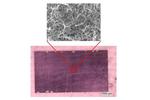
“How do you integrate as much as possible of the 2D material graphene into a limited space? By producing it not on a flat surface, but on a 3D nanostructure. The carbon material graphene has no well-defined thickness, it merely …
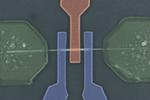
“Revolutionary new electronic components can be adapted to perform very different tasks – a technology perfectly suited for artificial intelligence. Normally, computer chips consist of electronic components that always do the same thing. In the future, however, more flexibility will be …
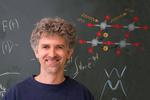
“Even after more than 30 years of research, high-temperature superconductivity is still one of the great unsolved mysteries of materials physics. The exact mechanism that causes certain materials to still conduct electric current without any resistance even at relatively high …
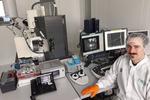
“Using a completely new synthesis approach, nanostructures made of aluminium single crystals and the semiconductor germanium are explored at TU Wien for future quantum technologies. A novel electronic component from TU Wien (Vienna) could be an important key to the …
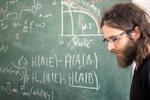
“A research team at TU Wien developed a new quantum transmission protocol that allows a higher data transmission rate and is much more robust against interference. Quantum cryptography is one of the most promising quantum technologies of our time: Exactly …

“The quantum movements of a small glass sphere could be controlled for the first time in Vienna by combining microscopy with control engineering, setting the course for future quantum technologies. A football is not a quantum particle. There are crucial …
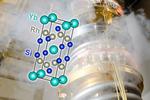
“A surprising discovery at TU Wien could help solve the riddle of high-temperature superconductivity: A famous “strange metal” turned out to be a superconductor. At low temperatures, certain materials lose their electrical resistance and conduct electricity without any loss - this …

“How reproducible are measurements in solid-state physics? New measurements show: An allegedly sensational effect does not exist at all. A single measurement result is not a proof - this has been shown again and again in science. We can only really …
